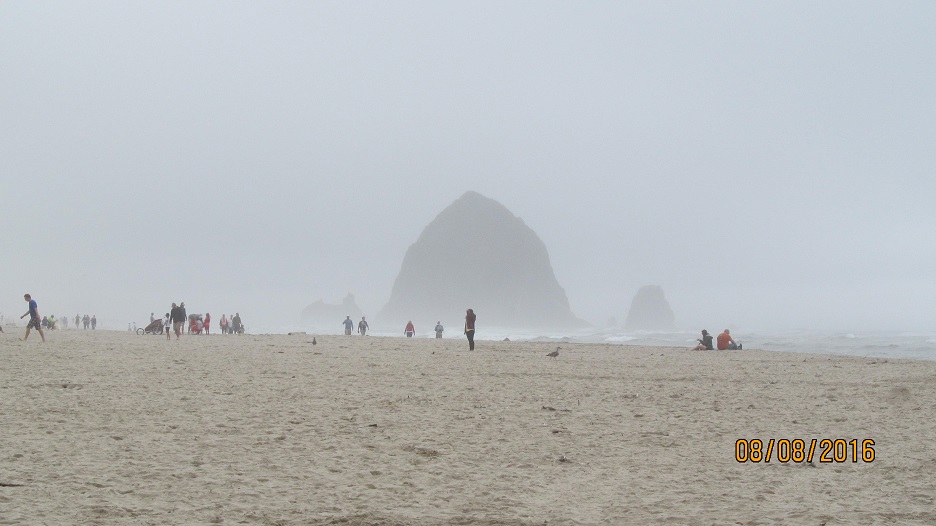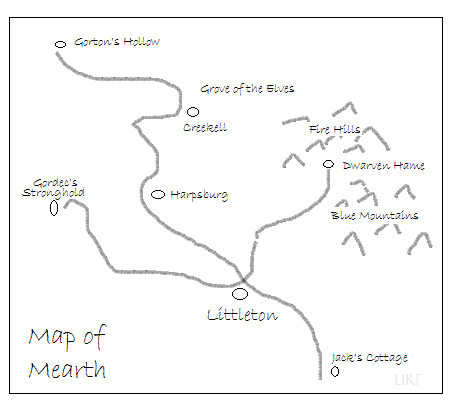Hello from a small town near beautiful Olympia, Washington. June was a strange month, climate-wise. We usually have the same climate as those of you in Wales or England.
 On June 27th, within the space of days, we went from temperatures well below average, low to mid-60s, and pouring rain to suffering from temperatures well above 100 degrees—108 at my house, 111 at my sister’s house 10 miles away. We use Fahrenheit in the US, but for you in the UK and Europe, we topped out at around 44 degrees Celsius. For more on the week from H**l, see this article in the Seattle Times.
On June 27th, within the space of days, we went from temperatures well below average, low to mid-60s, and pouring rain to suffering from temperatures well above 100 degrees—108 at my house, 111 at my sister’s house 10 miles away. We use Fahrenheit in the US, but for you in the UK and Europe, we topped out at around 44 degrees Celsius. For more on the week from H**l, see this article in the Seattle Times.
Now we’re back to temperatures that are slightly above normal, getting up to the mid to upper 80s, and we feel like that’s a cool breeze.
Air conditioning isn’t as commonly built into homes here as in other parts of the US. Those of us who have the occasional A/C window unit are the lucky ones. This is because, until recent years, summers here never really began until July 5th or so, with low clouds and drizzle for much of June, and they never became unbearably warm.
When the sun did arrive, temperatures, for most of the time we have kept records, ran into the high 70s or rarely, low to mid-80s. We are said to have a generally mild climate, and while that is changing, we hope it will remain mostly temperate.
When the heatwave hit, our free-standing A/C unit saved us, but when the outside temperature reached 108, the temperature in our back hallway was still 89 degrees.
Until this year, that seemed uncomfortably warm.
Now we’re grateful for a day that doesn’t end with us prostrate.
So, let’s look at the weather as a factor in world-building.
What follows is a plan to help you lay the groundwork for the world in which your novel is set. First, what sort of world is your life set in? When you look out the window, what do you see?
I always think that if an author can inject enough reality into a fantasy or sci-fi setting, the world will feel solid when I read it.
The weather can be shown in small, subtle ways. Usually, authors use the weather as background to give a sense of place to our characters’ interactions and the events they precipitate.
The path was slippery and required scaling the cliff in some places. By the time they arrived at the clifftop, the sky had begun to clear, and the low fog was dissipating. Patches of blue peeked from behind the gray clouds, and the wind had picked up.

Haystack Rock in the Fog
Other times, weather becomes the star of the story. Tornados, hurricanes, bizarre heatwaves—these weather events can be the villain our heroes must overcome.
Once you have decided your overall climate, do some research on how the weather affects agriculture and animal husbandry.
The best way to make the fantasy world real is to visualize the scene clearly and place yourself there. Blend what you know about the natural world into it. Write out all the details that will never make it into your story, things you as the author must have set in your mind.
Now we get to the tactile parts of the setting:
How does the weather make the characters feel? Is it too warm, too wet, or is it pleasant? If your novel’s setting is a low-tech civilization, the weather will have a different kind of effect on your characters than one set in a modern society.
Parker observed the beach from his balcony. Far down at the north end of the cove, Leo and Claire walked beside the surf, with Leo’s gestures emphasizing his words. Claire was hunched against the sharp breeze in her hooded sweatshirt and agitated. It was clear her agent had told her something she didn’t want to hear.
In any era, the weather affects the speed with which your characters can travel great distances and how they dress. Bad weather always has a detrimental effect on transportation, a serious point to consider.
For example, when the heatwave was just beginning, when it was still only building, we made a trip 80 miles north to visit two of our daughters. We stayed the night in Snohomish, then stopped in Bothell to have lunch with our second oldest son. We left our last stop in Bellevue at 3 pm to head home.
 The journey from our youngest daughter’s house to our home 60 miles south of there took 3 ½ hours, a trip that should take an hour. Unfortunately, traffic had ground to a halt in many places. At times, we would speed along at 5 miles an hour, sometimes as fast as ten. Many drivers couldn’t handle the 94-degree heat of that day, and their short tempers combined with several stalled vehicles made for a miserable journey down I5.
The journey from our youngest daughter’s house to our home 60 miles south of there took 3 ½ hours, a trip that should take an hour. Unfortunately, traffic had ground to a halt in many places. At times, we would speed along at 5 miles an hour, sometimes as fast as ten. Many drivers couldn’t handle the 94-degree heat of that day, and their short tempers combined with several stalled vehicles made for a miserable journey down I5.
But enough about the wretched climate and the effects of global warming on my life. Our next post will talk about location, and why I make simple maps for every fantasy world in which my work is set.
Credits and Attributions:
Haystack Rock in the Fog, © 2016-2021 Connie J. Jasperson, All Rights Reserved.
Map of Mearth, © 2015-2021 Connie J. Jasperson, All Rights Reserved.








I love your posts, Connie. In one blog post, you explain what takes how-to books entire chapters, and many of them include no examples. I appreciate you!
We’ve hit 114F here in Tucson… so far, with more humidity than I can remember in the last decade. Make it stop! 😀
LikeLiked by 1 person
Wow – Stay cool my friend! I feel bad for whining 😦 And thank you for your kind words ❤
LikeLiked by 1 person
Pingback: World-building by Connie J. Jasperson – Part I: climate, Part II: maps, place names, and consistency #amwriting – DEEZ – News about Art, Books & more
Reblogged this on NEW OPENED BLOG > https:/BOOKS.ESLARN-NET.DE.
LikeLike
Thank you for this very great lesson, Connie! I hope the temperatures in your area now are a little bit more human. xx Michael
LikeLiked by 1 person
It has been a pleasant few days, so we’re much relieved! hopefully the rest of the summer remains average. 😀
LikeLiked by 1 person
Lets hope so, Connie! Enjoy a beautiful rest of the week! xx Michael
LikeLike
Pingback: Worldbuilding Part 3: Creating the Visual World #amwriting | Life in the Realm of Fantasy
Pingback: Worldbuilding part 4: Designing the Parameters of Science and Magic #amwriting | Life in the Realm of Fantasy